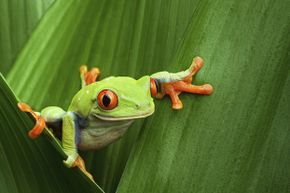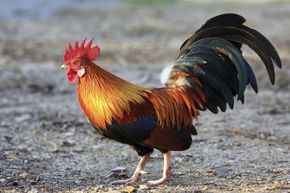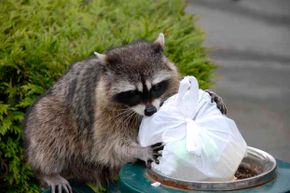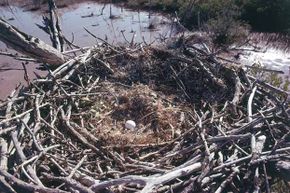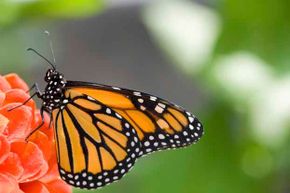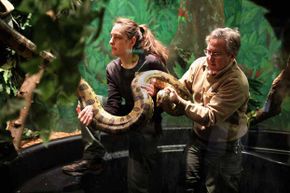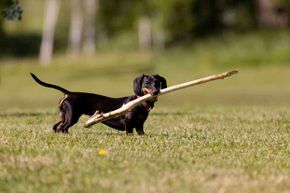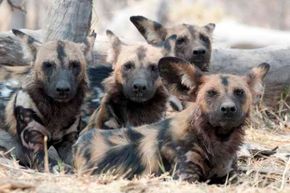The animal kingdom is home to some amazing traits. Cheetahs can run at 70 mph (112 kph) [source: Enoch]. Camels can survive half a year without a water source [source: California Academy of Sciences]. Frogs can freeze in winter and then thaw, alive, in spring [source: Roach].
As far as superlative animal talents go, these are just a few of the better known. There are plenty that haven't become common knowledge yet, and some of them are exceptionally gross, frightening, awkward, or seemingly impossible. Some are so anthropomorphic you have to laugh.
Advertisement
Here, we've collected 10 of those crazy facts, and we bet even animal-trivia buffs will be surprised by at least a few. You may laugh, you may deny. You'll almost certainly say "awww" more than you'd like. You may even squirm: We human types can be a little squeamish when it comes to, say, a penis with four heads.
And that's only the beginning of that one.
